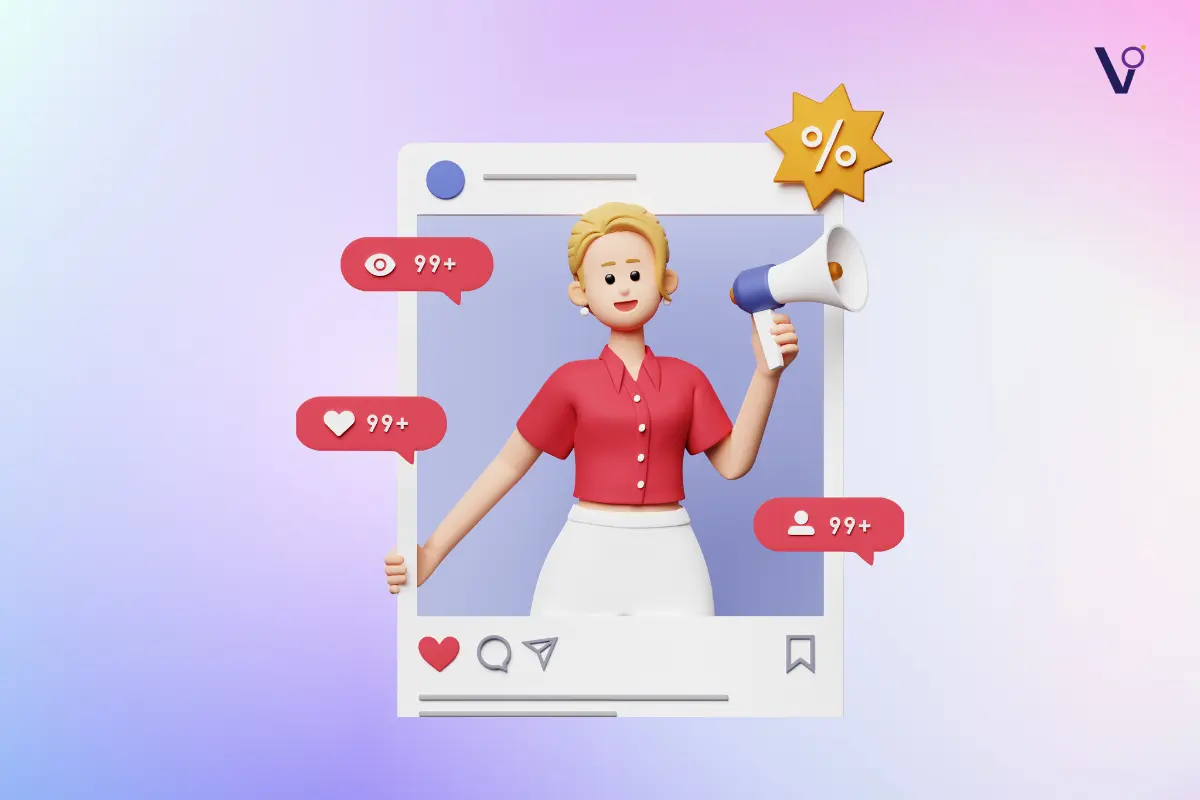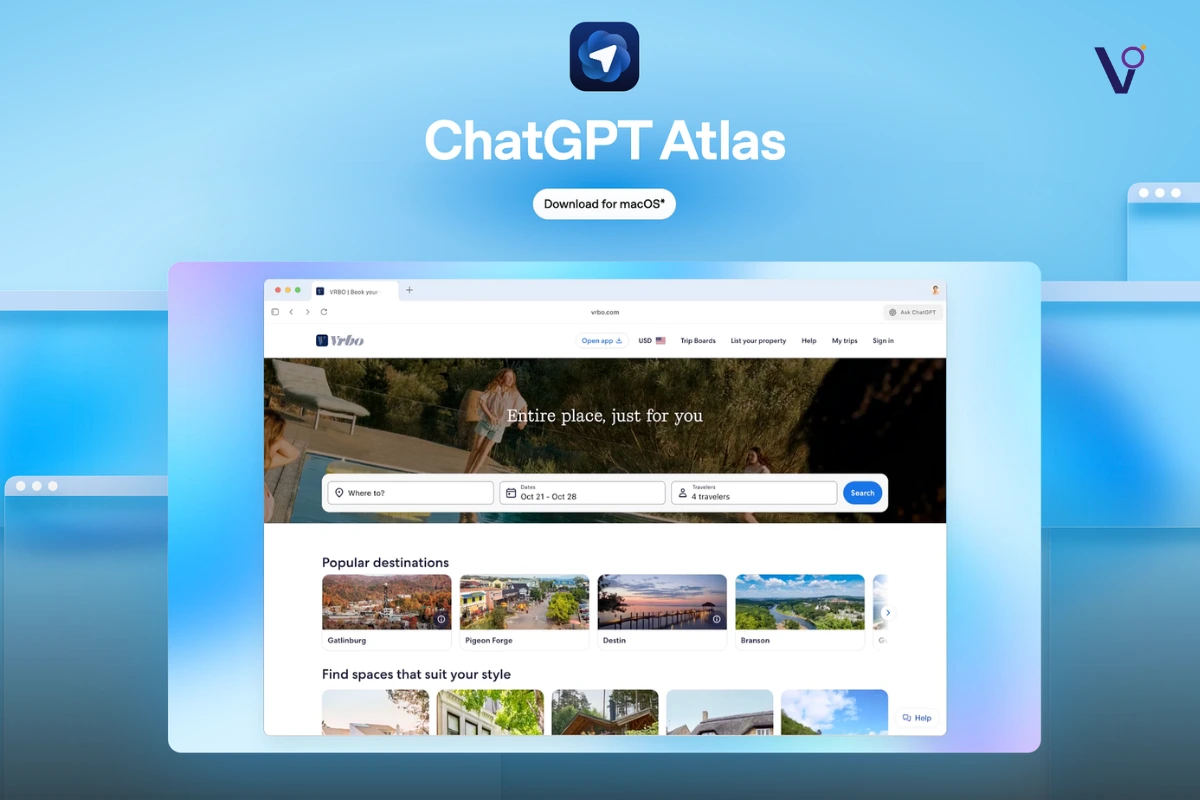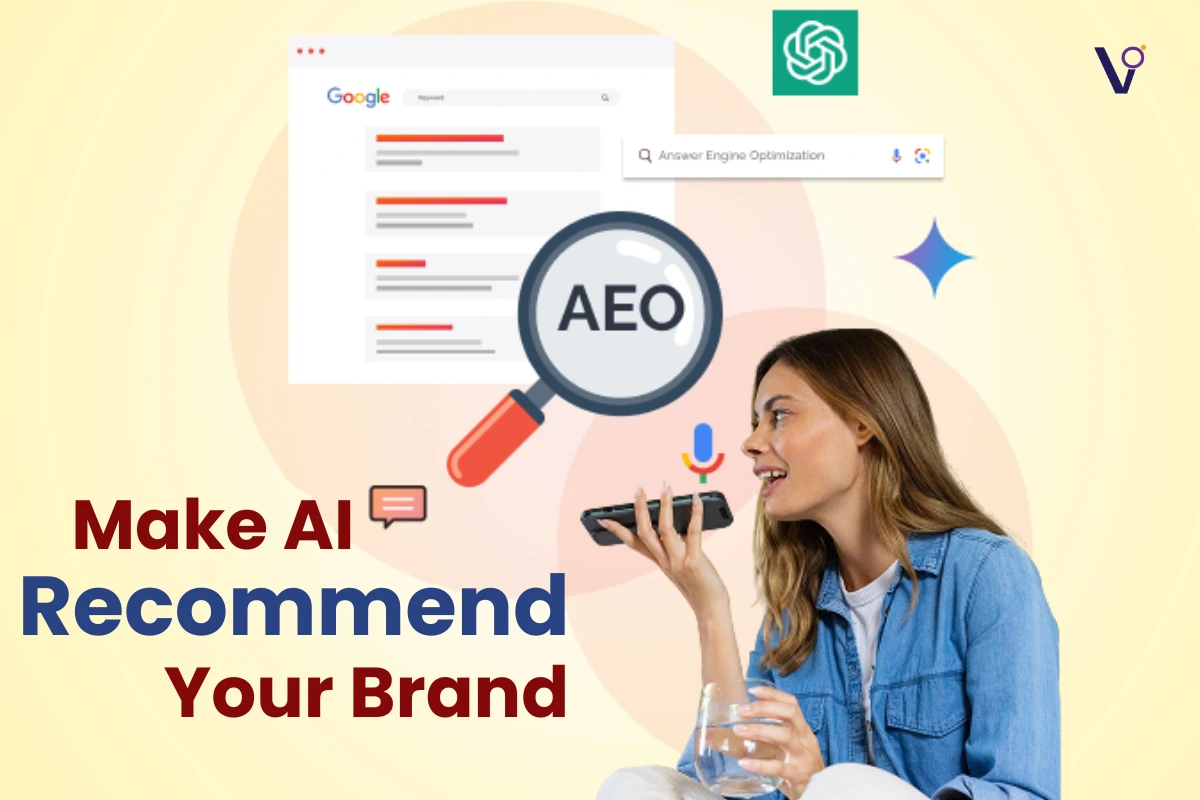Facebook is the most used app in 2024, with an active monthly user base of almost 3 billion people. On this day, if you’re not making use of it, you are just missing out on opportunities to go viral.
We all have heard about Alex Hormozi. He grew his Facebook from 0 to 25,000 in a period of 40 months. Within that 40 weeks, he did not only grow his Facebook account. He grew an audience across every single social media platform you could imagine. Zero was where he started. He likes to say he had a big, fancy plan. If you follow his mantra, you’re sure to go viral on Facebook. Here are the 6 things that make you money and grow your brand, and you may use it today so you can save you the three and half years of your life.
- Edutainment → Education
- For us → For you
- Wide → Narrow
- Views → Revenue
- Shorts → Longs
- Assume more → Assume nothing
1. Edutainment → Education
We should see content in three buckets: entertainment, education, and edutainment. Entertainment’s objective is solely to get people to watch; if they are engaged, then it has succeeded. Education has an objective of changing behavior-if you learn how to answer a phone, watch their content, and then change your behavior next time the phone rings, you have actually educated them. Edutainment balances teaching with entertainment.
Importantly, the outcome is not always within your control—you care about the impact that your content would be having. In one scenario, some people might be entertained, and a third party might learn. Your focus would be on what the predominant outcome is that your content produces. For example, while some content creators educate through entertaining videos, like MrBeast would focus on education as primary while entertainment is secondary.
All views are not created equal. This realization, however, came through his own data: “The people who end up buying books, signing up for my email list, or becoming portfolio clients over at Acquisition all come from watching educational content.” By focusing on education, he ensured that he aligned with both his personal interests and those of his audience, which are business owners, to the point that he shifted from a mix of entertaining and educational content to pure education.
2. For Us → For You
It is a shift in the type of content that is developed based on the needs of the audience, not on what Hormozi or his team would like. He realized that it was time to place more value before the key audience namely, business owners and less value in making a content that could appeal to a large audience. That is, shifting from inside goals (“for us”) to those aimed at the audience (“for you”).
3. Wide → Narrow
Hormozi discovered that trying to aim for a very broad, all-inclusive audience was somewhat of a waste of time. So, he narrowed it down to target – business owners and people interested in business growth. That laser focus ensures what he is creating is far more relevant to the people he can help the most and thus has a far more engaged and responsive audience.
4. Views → Revenue
This is a shift to the result of the view counts. Hormozi was awakened to the fact that most views on the content did not necessarily imply business growth. But if he targeted other activities on content-that could generate revenue, like book purchases, email sign-ups or applications for his portfolio then he will be directly impacting his bottom line while producing content.
5. Shorts → Longs
To his surprise, content that was not so complex and was not a step above the surface was not being utilised by his audience for his topic of interest. He established that his core audience wanted more value in the content-more extensive and comprehensive content. He uses this to delve deeper into topics so they could provide more and be more related to the audience.
6. Assume More → Assume Nothing
This was all about no longer assuming things based on what the audience might want or already know. Instead of action based on guesswork from superficial feedback or past successes, Hormozi began to rely more on data-driven insights as well as direct feedback from his core audience. Since he assumed nothing, he would create content based on real needs, not on some assumptions, and thus relevant and valuable to the right people.
Summarizing, these are what Hormozi did: clear, educational, and purpose-driven content for his core business owner audience rather than trying to hit mass appeal. Every change was taking him closer to getting actual results in terms of engagement and business performance.
How to go viral on Facebook
Use these insights from the transcript to go viral on Facebook but with clarity of strategy, focusing on audience engagement, content formats, and platform-specific behavior. Here’s how to leverage those insights for viral success on Facebook:
1. Understand Different Audiences:
- Tailor Content for Long and Short Viewers: Similar to how people consume different types of content on various platforms, Facebook audiences also differ. Create both long-form videos (for deeper engagement) and short, catchy reels (for quick attention).
- Create a Funnel from Short to Long Content: Post bite-sized engaging content (like short videos or reels) to attract viewers, then guide them to your longer, more valuable content on Facebook, your website, or other platforms.
2. Maximize Engagement through Introduction:
- Assume Nothing, Introduce Yourself: Don’t assume that everyone knows who you are. Always introduce yourself and explain why people should listen to you. For example, if you’re a business expert, highlight that right at the start.
- Use Clear Headlines: Headlines like “Business Influencer Shows How to Overcome Challenges” or “$200 Million CEO’s Daily Routine” grab attention and provide context. People need to know why they should click.
3. Focus on Content That Converts:

- Long-Form Content for Conversions: Based on the information above, longer videos or posts that go into depth drive conversions better. With Facebook, this may represent developing informative posts or even longer videos that provide value to your audience to make them take action (like clicking through to a product or signing up).
- Business-Related Content for Business Owners: Focus your long-form content on topics relevant to your audience. If you are targeting business owners, talk about challenges they face and solutions you offer.
4. Consistency and Volume Matter:
- Keep the Volume of Shorts Consistent: While long-form content can drive conversions, short, frequent posts or videos (reels, stories) keep you visible and relevant. Post consistently to ensure you stay in the feed.
- Reintroduce Successful Content: Don’t be afraid to reshare high-performing content. Your growing audience probably hasn’t yet seen it. Like with the insights, resharing your “greatest hits” helps ensure that new viewers are exposed to your best content.
5. Create Relatable and Shareable Content:
- Inside Jokes & Engaging Storytelling: As the findings suggest, share on-jokes and storytelling which make people feel included. But explain them to new audience members. On Facebook, it increases community, drives engagement.
- Make Your Content Shareable: Create content where people want to share with others. Such as tips, relatable experiences, or emotional stories. That probably will lead to organic sharing.
6. Optimize for Platform-Specific Behavior:
- Adapt Your Content to Facebook’s Nature: The way people consume content is very different on different platforms, so you want your Facebook strategy to be built with people in mind as they act there. Incorporate more personal stories, community-centric posts, and engagement-driven content. Shorten the intros and include all that interactivity with polls and comments.
7. Engage with Both New and Returning Audiences:
- Talk to New Viewers and Loyal Fans: Always assume that you are talking to a new audience. Introduce yourself repeatedly and explain why your content matters. But also help your old favorite fans remember through comments from your regular commenters, referencing inside jokes, or finding consistency by connecting with previous content.
8. Experiment and Track Results:
- Test, Track, and Adjust: Facebook algorithms change, and so should your content. Know what works best for you: a short video, a long post, an image, or even a live stream.
Follow these steps, and you will find yourself go viral on Facebook.



